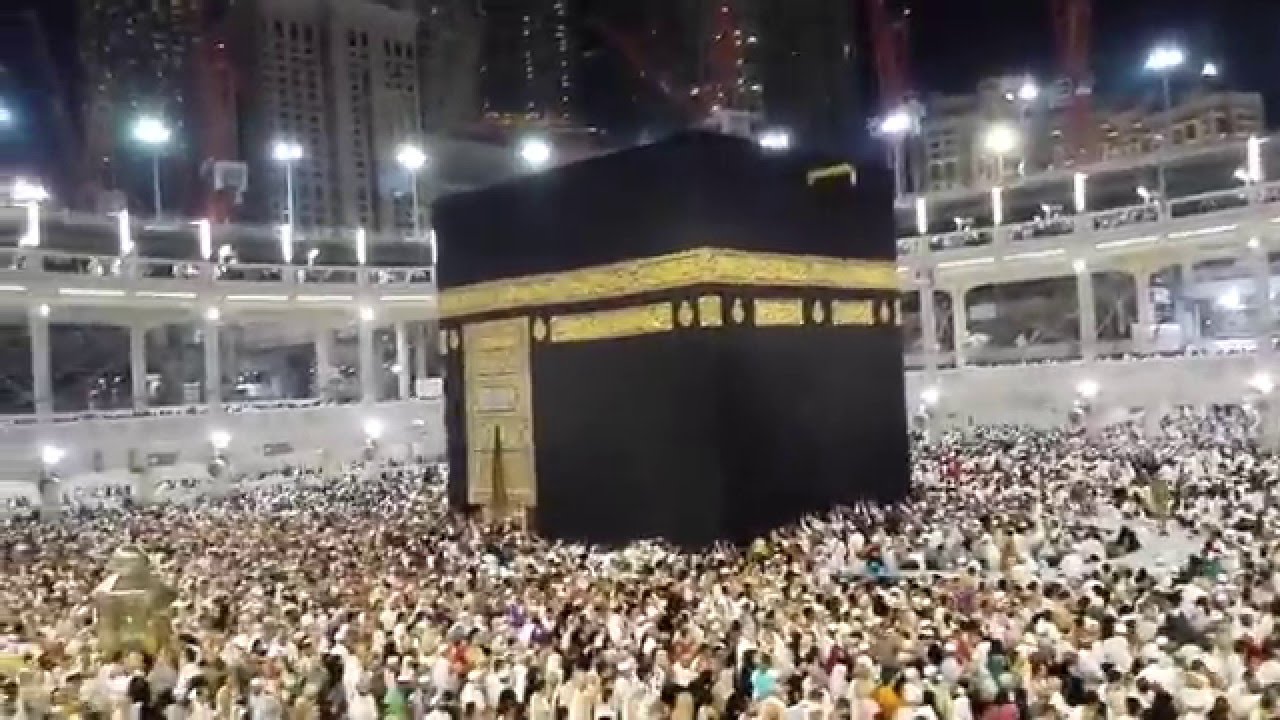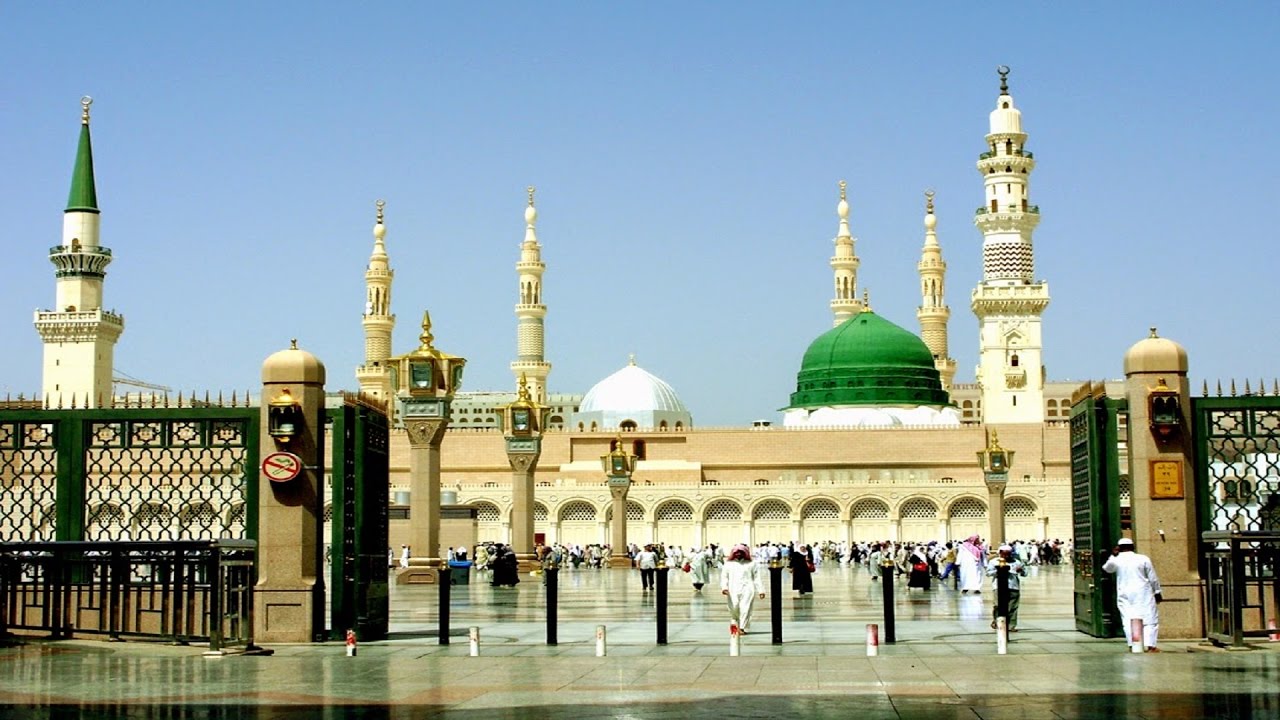Zikr-Prayer Beads
“Bismillahir Rahmannir Raheem”Al-Hamdu Lillaahi Rabbil ‘Aalameen was Salaatu was- Salaamu ‘Alaa Sayidinaa Muhammadin wa Aalihi wa Asabihi Ajma ‘een (tauheed- risalat- ahkirat and islam-iman-ihsan)
Use of prayer-beads (masbaha, sibha, tasbih)
Abdullah ibn `Amr ibn al-As said: “I saw the Prophet counting the glorifications of Allah on his right hand’s fingers.” (Tirmidhi who said hasan gharib, Nasa’i, Abu Dawud, and Ahmad.)
Yusayra bint Yasir reported that the Prophet commanded them (the Emigrant women) to be regular in remembering Allah by saying tahlil (la ilaha illallah) and tasbih (subhan allah) and taqdis (allahu akbar) and never to be forgetful of Allah and His Mercy, and to count them on their fingers, for the fingers will be questioned and will speak. (Ahmad, Tirmidhi who said it is gharib, Abu Dawud, and al-Hakim. Shawkani in Nayl al-awtar 2:316 said that Suyuti declared sound (sahih) its chain of transmission.)
Sa`d ibn Abi Waqqas reported that once the Prophet saw a woman who had some date-stones or pebbles which she was using as beads to glorify Allah. The Prophet said to her, “Let me tell you something which would be easier or more excellent for you than that.” So he told her to say instead:
subhan allahi `adada ma khalaqa fi s-sama’,
subhan allahi `adada ma khalaqa fi al-ard,
subhan allahi `adada ma khalaqa bayna dhalik,
subhan allahi `adada ma huwa khaliq,
Allahu akbaru ‘adada ma khalaqa fi al-sama’,
Allahu akbaru ‘adada ma khalaqa fi l-‘ard,
Allahu akbaru ‘adada ma khalaqa bayna dhalik,
Allahu akbaru ‘adada ma huwa khaliq,
al-hamdu lillahi `adada ma khalaqa fi al-sama’,
al-hamdu lillahi `adada ma khalaqa fi l-‘ard,
al-hamdu lillahi `adada ma khalaqa bayna dhalik,
al-hamdu lillahi `adada ma huwa khaliq,
la ilaha illallahu `adada ma khalaqa fi al-sama’,
la ilaha illallahu `adada ma khalaqa fi al-ard,
la ilaha illallahu `adada ma khalaqa bayna dhalik,
la ilaha illallahu `adada ma huwa khaliq,
la hawla wa la quwwata illa billahi `adada ma khalaqa fi al-sama’,
la hawla wa la quwwata illa billahi `adada ma khalaqa fi al-ard,
la hawla wa la quwwata illa billahi `adada ma khalaqa bayna dhalik,
la hawla wa la quwwata illa billahi `adada ma huwa khaliq.
“Glory be to Allah as many times as the number of what He has created in Heaven,
Glory be to Allah as many times as the number of what He has created on Earth,
Glory be to Allah as many times as the number of what He has created between them,
Glory be to Allah as many times as the number of that which He is creating.”
and then repeat all of the above four times but substituting “Glory be to Allah” by:
– “Allah is the most great” in the first repetition,
– “Praise be to Allah” in the second repetition,
– “There is no god but Allah” in the third repetition, and
– “There is no change and no power except with Allah” in the fourth repetition. (Abu Dawud, Tirmidhi, Ibn Majah, Ibn Hibban in his Sahih, al-Nasa’i, and al-Hakim)
Safiyya bint Huyayy the Prophet’s wife said: The Prophet came in to see me and in front of me there were four thousand date-stones with which I was making tasbih [counting subhan Allah]. He said: “You make tasbih with so many! Shall I teach you what surpasses your number of tasbih?” She said: “Teach me!” He said: “Say: Subhan Allah `adada khalqihi — Glory to Allah the number of His creation.” Narrated by Tirmidhi who said it is gharib, and both al-Hakim and Suyuti declared it sahih.
Allah says in His Holy Book to His Holy Prophet, “Remind people, for reminding benefits them.” The reminder of Muslims has various forms, public and private. A public form of this reminder is the adhan. The masbaha or sibha or tasbih, or prayer-beads, has had since the earliest Companions the function of a private reminder. It is for that reason that the tasbih was called by them mudhakkir or mudhakkira — “reminder,” and there is a narration traced to the Prophet whereby he said: ni`ma al-mudhakkir al-sibha: “What a good reminder are the prayer-beads!” Shawkani narrates it from `Ali ibn Abi Talib as evidence for the usefulness of prayer-beads in Nayl al-awtar (2:317) from Daylami’s narration in Musnad al-firdaws with his chain, and Suyuti cites it in his fatwa on prayer-beads in al-Hawi li al-fatawi (2:38).
The use of beads for counting dhikr is definitely established as a practice allowed by the Prophet and a Sunna of the Companions.
This is proven by the sahih hadith of Sa`d ibn Abi Waqqas, who related that the Prophet once saw a woman using some datestones or pebbles (nawan aw hasan), and did not prohibit her to use them. (Abu Dawud, Tirmidhi, Nisa’i, Ibn Maja, Ibn Hibban, and Hakim. Dhahabi declared it sahih)
Another sahih hadith to that effect was related by Safiyya, who was seen by the Prophet, Peace be upon him, counting “Subhan Allah” on four thousand date stones. (Tirmidhi, Hakim, and Tabarani, and was confirmed as sahih by Suyuti).
It is also related from the Prophet’s freedman, Abu Safiyya, that a mat would be spread for him and a basket made of palm leaves brought which was filled with pebbles with which he would make tasbih until mid-day. Then it would be taken away, and then brought back after he had prayed, and he would make tasbih again until evening. (Ibn Hajar’s Isaba (7:106 #652) with his chain, who says that Bukhari narrates it [in his Tarikh], as well as al-Baghawi through two chains. Imam Ahmad narrates it in Kitab al-zuhd [with his chain].
Ahmad also narrates from al-Qasim ibn `Abd al-Rahman that Abu al-Darda’ had a bag filled with date-stones and that whenever he prayed the noon prayer he would bring them out one by one and make tasbih on them until they were finished.
Shawkani said in Nayl al-awtar (2:316-317):The Prophet justified the counting of dhikr on the fingers by the fact that the fingers will be questioned and will speak, that is, they will witness to that effect. It follows that counting tasbih on them, because of this aspect, is better than using dhikr-beads or pebbles. But the two other hadiths [of Sa`d ibn Abi Waqqas and Safiyya bint Huyayy] indicate the permissibility of counting tasbih with date-stones and pebbles, and similarly with dhikr-beads because there is no distinguishing factor between them in the Prophet’s stipulation to the two women concerning it, and no disapproval of it. As for directing to what is better: this does not negate permissibility (la yunafi al-jawaz). There are reports to that effect.
Ibn Sa`d in his Tabaqat narrates
[with his chains]
that Sa`d ibn Abi Waqqas used to count tasbih on pebbles, and that Fatima bint al-Husayn ibn `Ali ibn Abi Talib used to make tasbih with a thread stringed with knots, and that Abu Hurayra made tasbih with a string of pebbles (al-nawa al-majmu`).
`Abd Allah the son of Imam Ahmad narrated in Zawa’id al-zuhd that Abu Hurayra had a thread stringed with one thousand knots and that he would not sleep until he had counted tasbih on them.
al-Daylami narrates in Musnad al-firdaws through Zaynab bint Sulayman ibn `Ali, and from Umm al-Hasan bint Ja`far from her father from her grandfather from `Ali, and it is traced back to the Prophet: “What a good reminder are the prayer-beads!”
Suyuti in al-Minha min al-sibha and it is part of his collected fatwas. He says towards the end of it: “It is not related from any one of the Salaf nor the Khalaf that it is forbidden to count tasbih on the sibha (dhikr-beads). On the contrary, most of them used to count tasbih on it, and they did not consider it disliked.”
According to her grand-daughter through Imam al-Husayn, Fatima also used to count her dhikr on a thread with knots.
It is well-established that counting dhikr is a Sunna of the Prophet, Peace be upon him. He himself advised his wives, `Ali, and Fatima to count tasbih (subhan allah), tahmid (al-hamdu lillah), and takbir (allahu akbar) thirthy-three times each before going to bed at night. Ibn `Amr relates that he saw the Prophet, count the times he said subhan allah on his right hand. This does not mean that it is not allowed to use the left also, as the Prophet simply said: “Count [the dhikr] on your fingers.“
Imam Suyuti recounted in one of his fatwas entitled al-Minha fi al-sibha (The profit derived from using dhikr-beads) the story of `Ikrima, who asked his teacher `Umar al-Maliki about dhikr-beads. `Umar answered him that he had also asked his teacher Hasan al-Basri about it and was told: “Something we have used at the beginning of the road we are not desirous to leave at the end. I love to remember Allah with my heart, my hand, and my tongue.” Suyuti comments: “And how should it be otherwise, when the prayer-beads remind one of Allah Most High, and a person seldom sees prayer-beads except he remembers Allah, which is among the greatest of its benefits.”
When I want to talk to allah I say prayers and when I want that he talk to me I recite quran- Hazrath Ali(ra)
Make sure you forward this to others .


